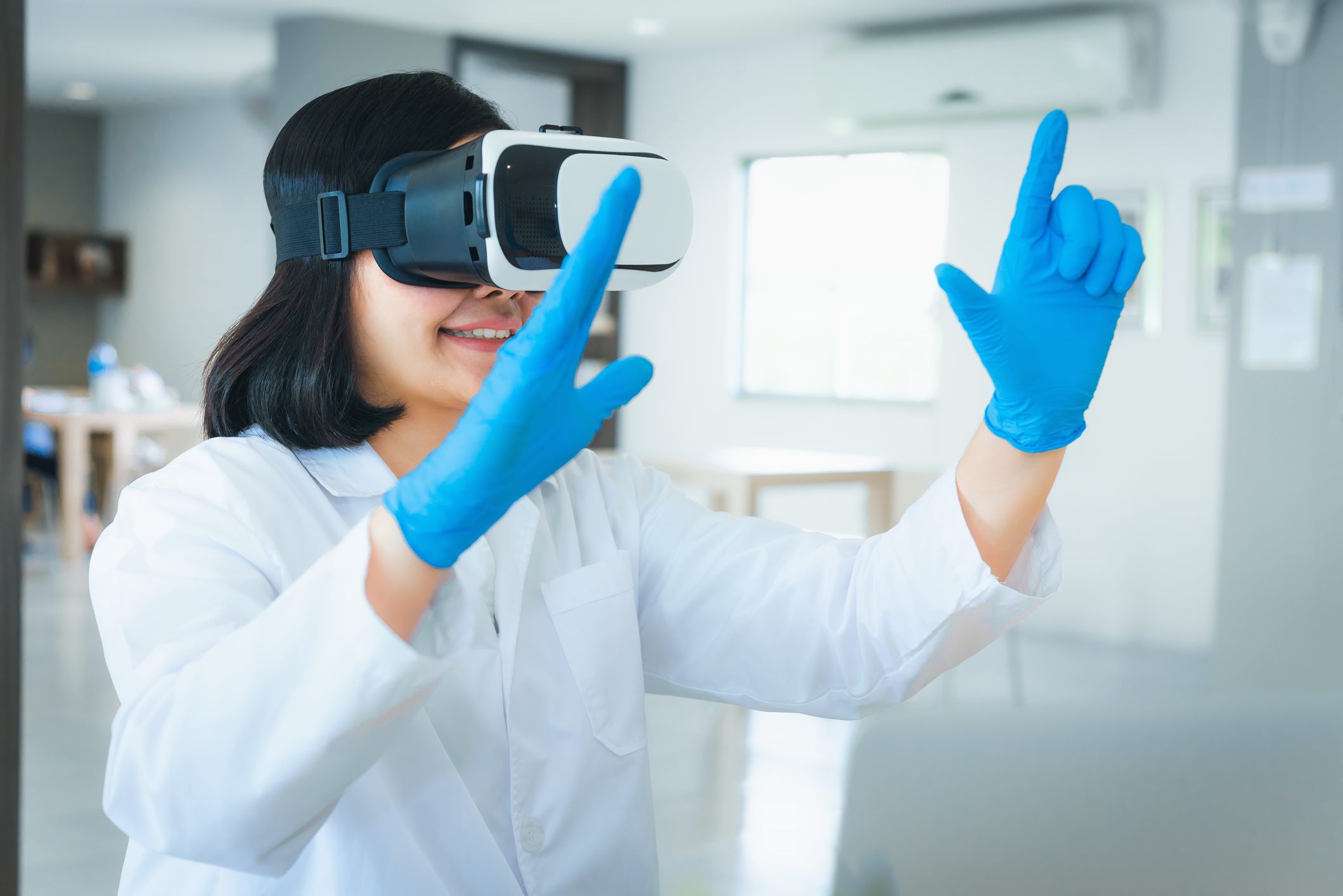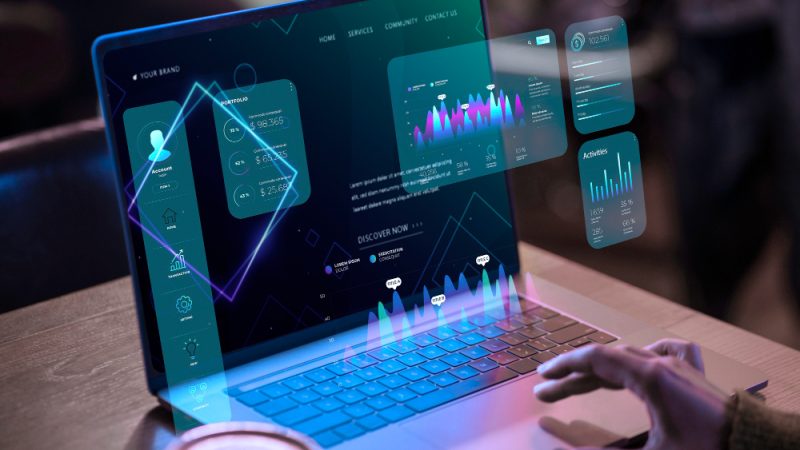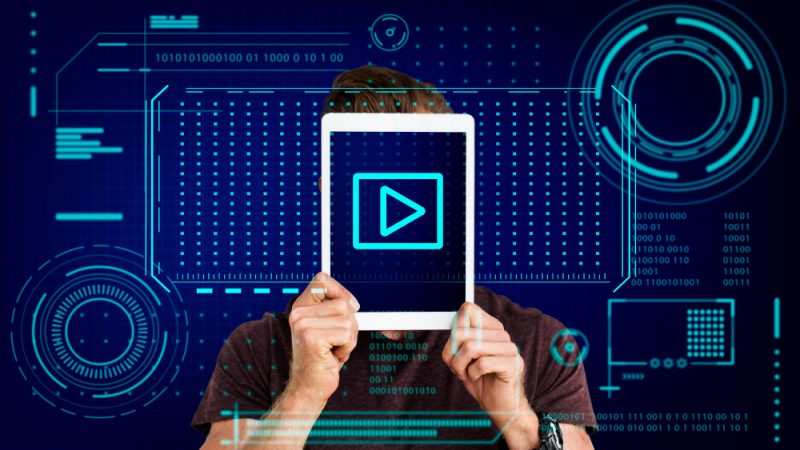4 Ways Medical Virtual Reality Is Positively Impacting Healthcare

Virtual Reality has developed quickly in recent years. What began as science-fiction has become a scientific reality with multiple applications. It is fast becoming one of the most exciting advancements in the healthcare industry and is already having a significant impact on the way patients are treated, as well as the way physicians work and are taught. Here are four important ways in which medical virtual reality is positively impacting the healthcare industry.
1. Medical Training
One of the most beneficial uses of medical virtual reality (VR) for physicians lies in its educational and training uses. With VR technology, medical students have the opportunity to experience surgeries in greater detail, learn techniques and develop a more in-depth understanding and awareness of human anatomy. Not only does VR allow for the surgeon’s perspective to be shared using virtual reality cameras, but these can now also be streamed around the world.
Moreover, VR technology has evolved sufficiently to allow medical students to practice operations using it. For experienced surgeons, VR enables them to practice challenging or innovative surgeries before having to carry them out. In this way, it enables surgeons at all levels of their careers to hone their skills further.
2. Improving Patient Experience
For many patients going into hospital, the experience can be daunting and increase their levels of stress and anxiety. To this end, VR has also been used to support patients’ hospital experiences and to help them to relax whilst in hospital.
In some cases, such as a pilot study at St George’s Hospital in London, patients have been offered VR headsets to use both prior to their surgery, as well as for use during the surgery itself. They were shown calming images of landscapes to aid their relaxation and reduce anxiety. Not only did all participants in the study report that their hospital experience as a whole had been improved by the use of VR headsets, but 94% also claimed to have felt more relaxed.
“From providing patients with a greater understanding of their diagnosis to teaching them about potential side-effects of their conditions, to a much clearer understanding of available treatment options, medical VR can be used effectively to better educate patients about their own health. As a result of this, patients’ anxiety is able to be reduced,” says Thomas Press, a tech writer at Via Writing and Write my essay.
Another key benefit to have emerged from using immersive VR technology is a non-pharmaceutical solution to pain relief. A number of studies have shown that when using VR to distract patients from painful stimuli, their pain levels have been reduced. This is also now being offered in some hospitals as an option for pain relief for women undergoing labor.
3. Supporting Healthcare Professionals To Develop Communication Skills
Understanding a patient’s experience and challenges can support medical students to develop empathy and learn how to communicate more effectively with patients. Through VR technology, medical students can now experience a range of simulated conditions, such as age-related difficulties or the loss of a limb.
Additionally, healthcare practitioners can also practice and improve their communication skills through the use of immersive games and experiences, such as those provided by ContinuumXR. Working closely with healthcare providers, ContinuumXR offers medical students the opportunity to practice interacting with patients in a range of situations.
4. Creating Engaging Scientific Storytelling
VR enables the world of scientific storytelling to become much more engaging and interactive.
“It’s been used during presentations by pharmaceutical companies to provide all attendees with a clearer understanding of biological processes. Another fantastic application of VR is during conferences and lectures. It can help create a much more immersive and engaging experience for everyone present,” says Judy McCoy, a business writer at Boom essays and Rated Writing.
Not only does this allow presentations to be more exciting, but through the use of gamification and 3D visualization, it also allows audience engagement to be increased.
Conclusion
Although VR technology is still in the early stages, it is already having an undeniable impact on many aspects of healthcare. As the technology continues to develop and becomes more affordable for general use, it is likely that it will become much more commonplace in many healthcare settings. Medical virtual reality is not only an exciting step in the evolution of healthcare, but promises numerous applications, with many more already being developed.
Elizabeth Hines is an experienced digital marketer and content writer at Student writing services and Academ Advisor. She regularly writes articles about the latest tech and marketing trends, innovations and strategies. When not writing, Elizabeth enjoys attending conferences and spending time exploring the latest gaming technology with her family.






